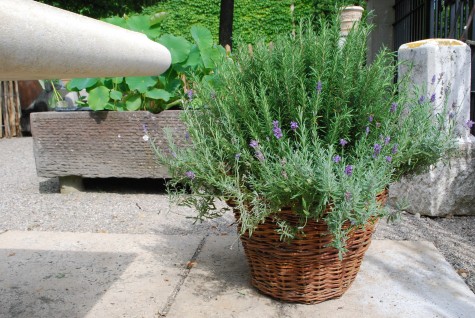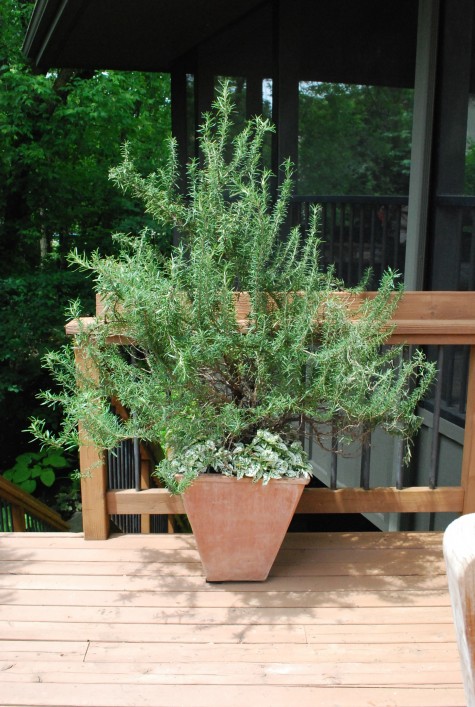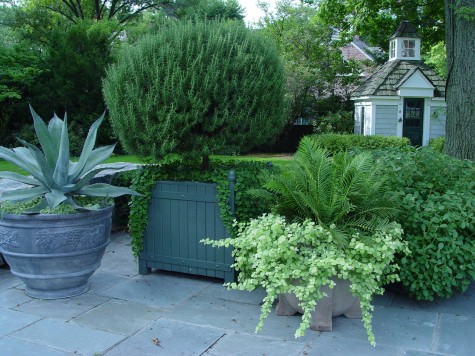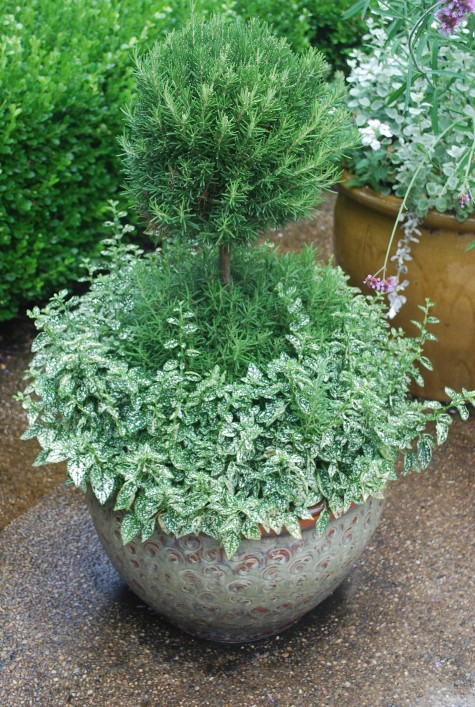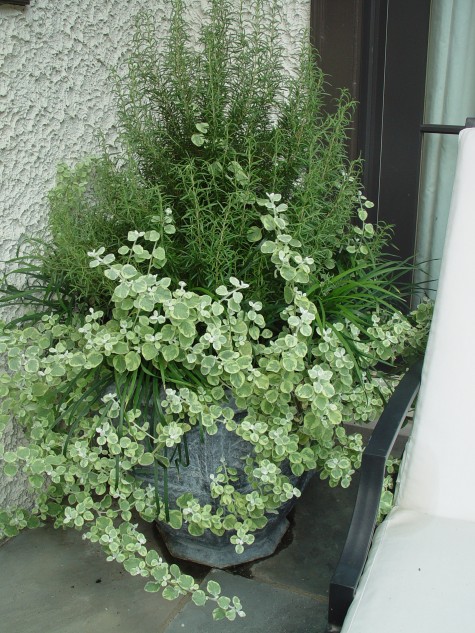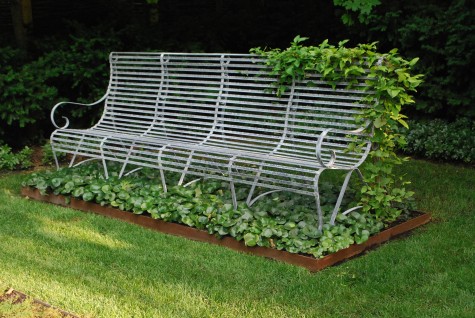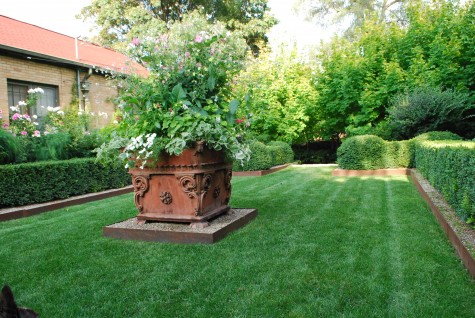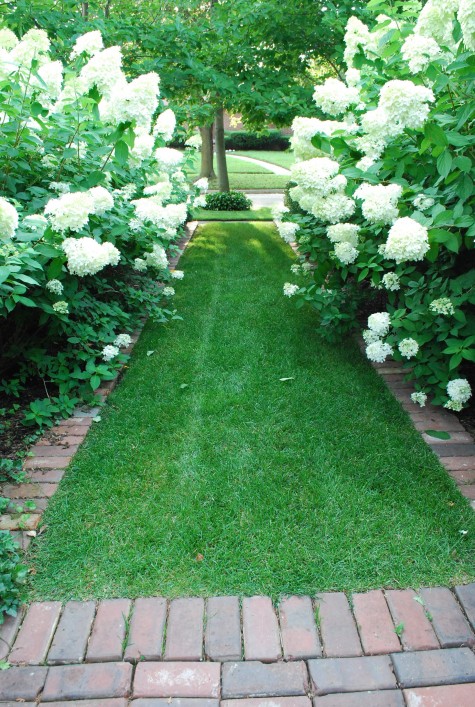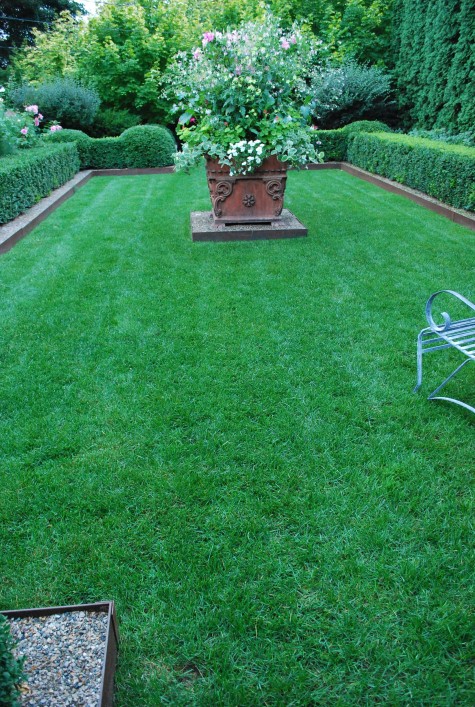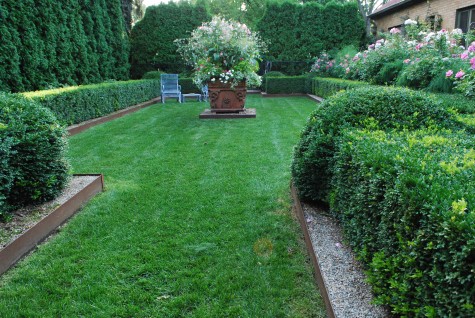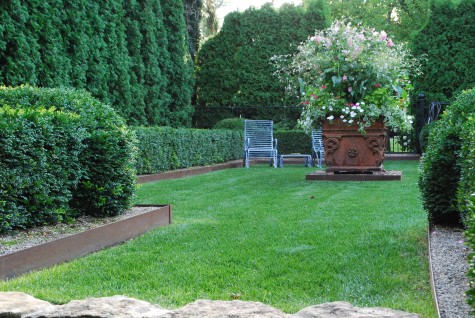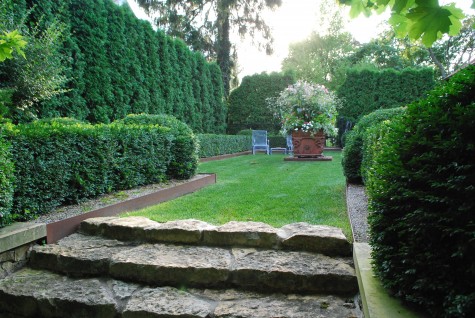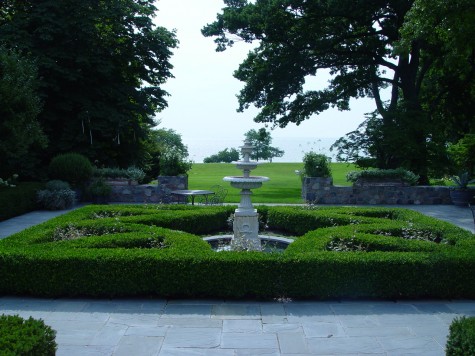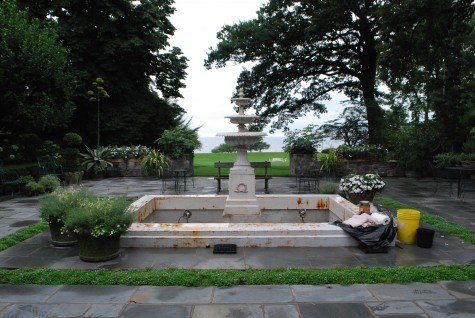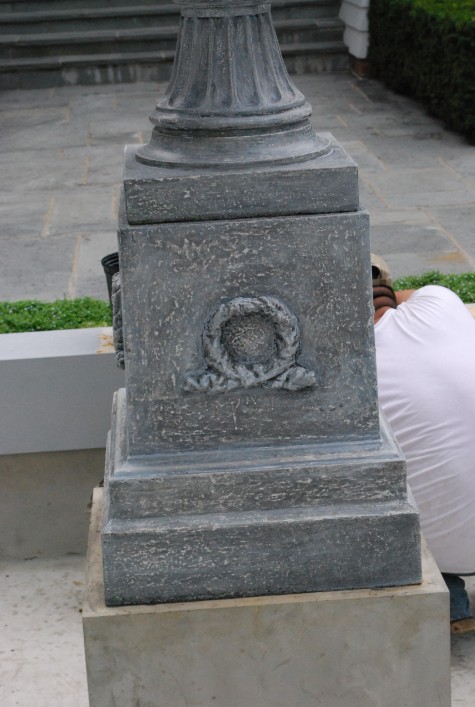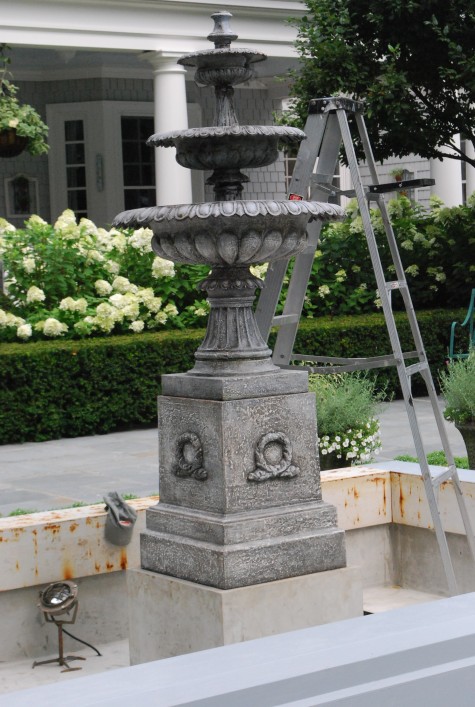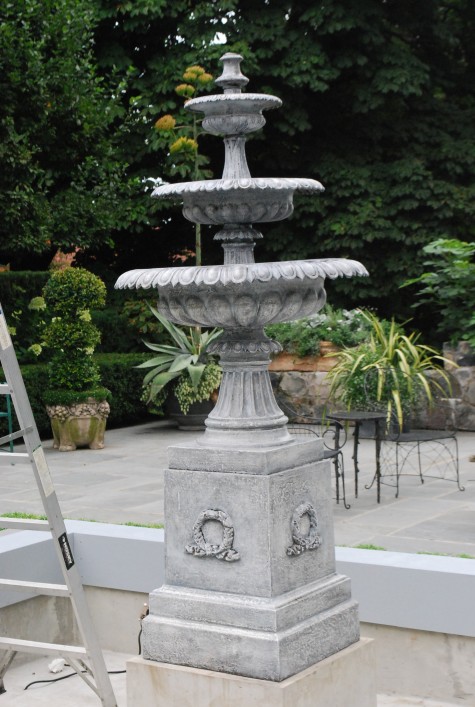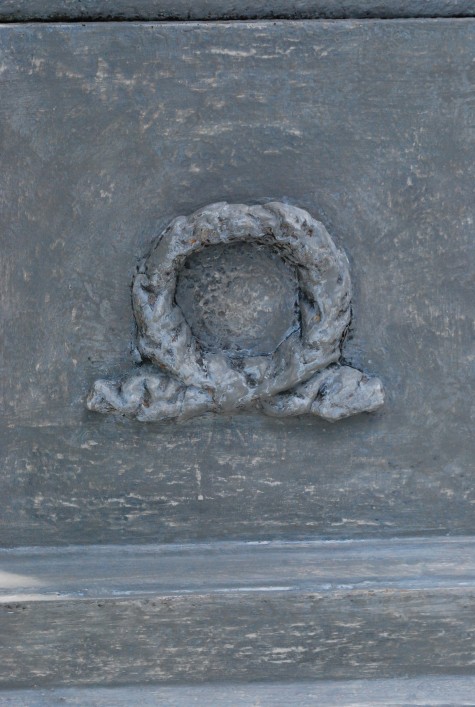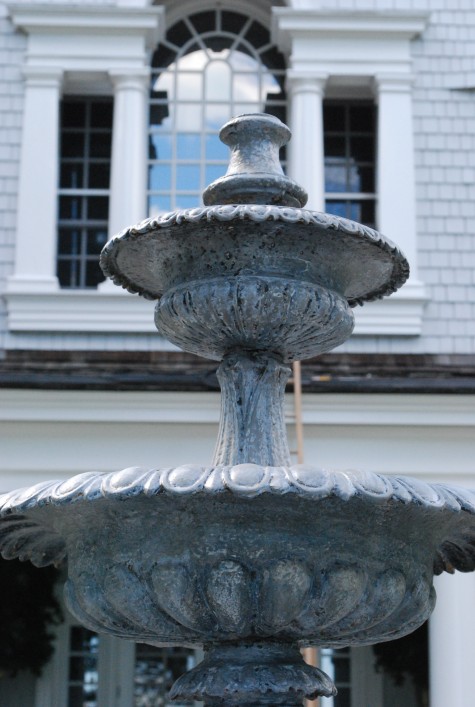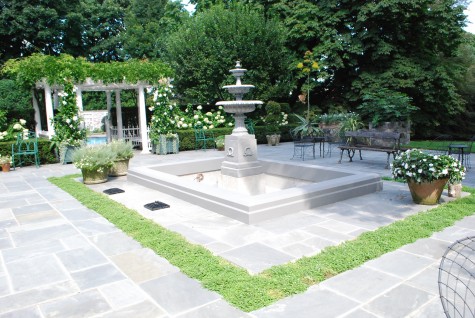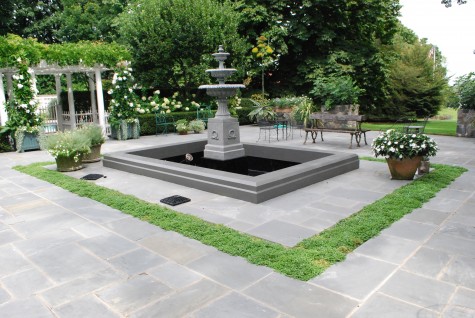Years ago Buck made a tentative inquiry about whether there might be room in the garden for a horseradish plant. Just the thought of it made me shudder. This weedy, fast growing, wildly spreading nigh on to invasive plant’s main claim to fame is its fiery tasting, stinking roots. I know, this sentence needs editing, but I just need to make it clear that the last thing in the world I want for my garden is horseradish. Fresh horseradish is hot as hell, and is well known for its ability to burn the inside of one’s nose-this part I can live with. But a plant that is not dug every year for a harvest of roots, and a replanting of a piece will annex every yard of ground within its reach. Every day it goes unchecked is a day it becomes more impossibly entrenched. Once you have horseradish, you will forever have horseradish. Plastic tubs and concrete bunkers-I have seen horseradish break out of them with every bit the vigor of bamboo. Like I said, I shuddered, but I gave Buck no outward hint of my distaste for the idea. I just changed the subject. Once he had brought it up for the 10th time, I felt guilty. What was the the matter with me, denying him his horseradish? On other occasions he had asked for tomato plants-I said no. My property is small; I was selfishly unwilling to give up any plant or lawn space for tomatoes. I gave in.
I bought him a one gallon pot of horseradish for Father’s Day. The only way I could stomach the purchase was to make it a gift from Howard and Milo. He was predictably delighted. The pot sat on the driveway for a month-where would I put it? I only watered it when it seemed on the brink of certain death. I probably could have left it on the drive for several years without any ill effect-but the time did come when I planted my new perennial garden. I picked a spot for the horseradish, out of view from the kitchen window, and have not looked at it since. I am quite certain Buck has not gone out to look at it either. Did I encase it in plastic or steel? No. After the first frost, my plan is to stand over Buck while he digs it up, shaves down the roots, and replants a snippet. This part he does not know about yet-no sense getting him all riled up way in advance of the event. While he is doing his maiden horseradish dig, I will be giving him tips and pointers about how to handle the yearly culling of the roots. Owning a horseradish has a good deal of responsibility that comes with that ownership. I know he is thinking of his previous home. He had evergreens, grass, and a horseradish- on his 3 acres. I cannot imagine how much land that plant has overtaken in the last 8 years.
We haven’t spoken again about the horseradish until last night. He began the conversation with a synopsis of a chapter of a favorite book he is rereading-Bird By Bird, written by Anne Lamott. Buck writes short stories now and then; Anne Lamott is a writer who also teaches writing. She has this idea that every person comes with an emotional acre all their own, standard issue. Every person has the right to do with their emotional acre what they please. They can plant it, or not. It can look like a garage sale, or a junk yard, or a stretch of unblemished beach. If people come through the gate of your emotional acre, and do harm, or try to make changes to it, you have the right to ask them to leave. As a writer, it is important to know what the interior life of a character looks like in order to write convincingly about them. I don’t know when it dawned on me that he were not talking about writing short stories. He was talking about the horseradish plant. He finally told me that he knew that my garden was not just a garden. It is my emotional acre. That I did not need to explain or defend that. It came with me, standard issue. He appreciated how I had planted something just for him on my acre. And how much that meant to him. It does not seem now like there will be any need to dig the horseradish this fall-or ever, really. Let it go for broke. When it gets out of hand, as it most surely will, I’ll be thinking about what is important in life, not a horseradish plant.
